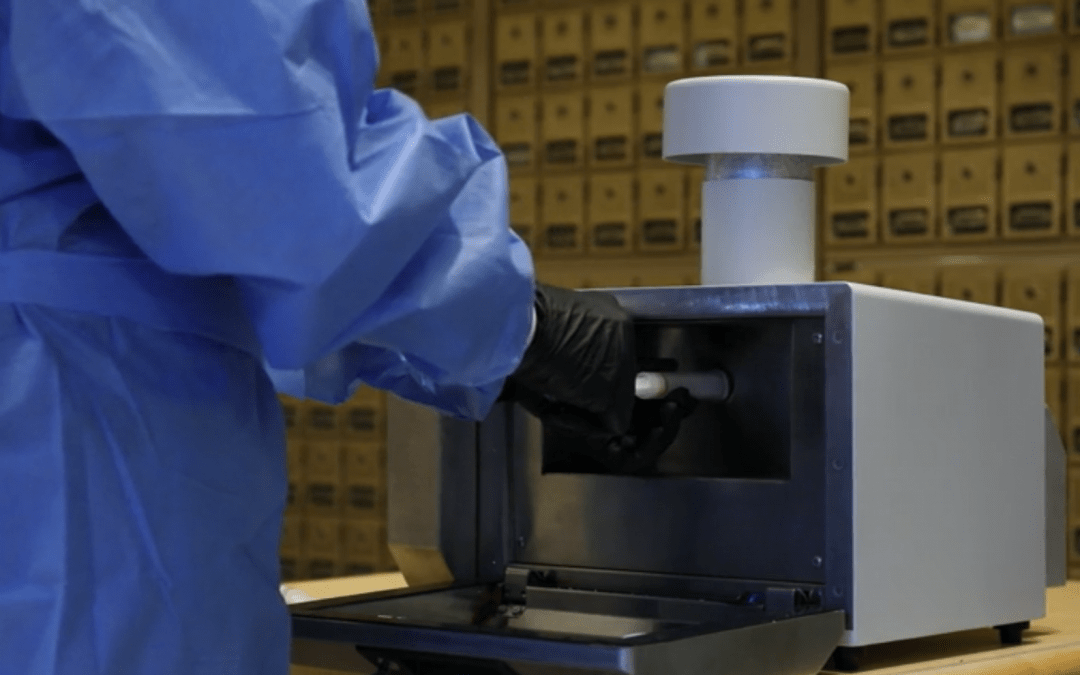COVID seems like it is here to stay, and as we move into an endemic era, we need reliable and cost-effective solutions to support safe indoor congregation. If air contamination levels can be examined in buildings, we may be able to better control and identify COVID-19 outbreaks.
The process and implications of our work are featured in a New York Times article, here.
Localized surveillance and environmental controls are two critical factors. In our new paper, we show that improved ventilation and aerosol surveillance can be important parts of an overall strategy to support safe indoor activities. Using the AerosolSense Sampler, a machine that helps us collect air samples, we observed a 50% reduction in aerosol viral load (RNA) when dorm room windows were open. Additionally, we saw statistically significant relationships between human viral load (nose, mouth) and environmental samples.
These results may guide environmental viral surveillance strategies and be used to better control the spread of SARS-CoV-2 within built environments and better protect those caring for individuals with COVID-19.
Read our paper here.
